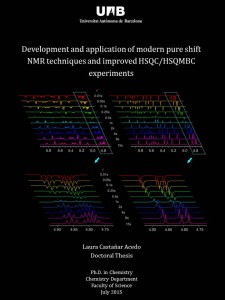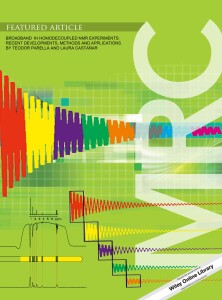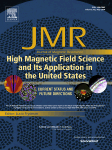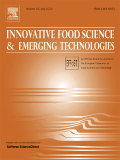Development and application of modern pure shift NMR techniques and improved HSQC/HSQMBC experiments
In the following links one can find Data Set Examples of each Publication presented in the Thesis Work, as well as the corresponding Pulse Program Code for Bruker. All 2D spectra have been previously phased and 2ii, 2ir, and 2ri files removed, otherwise data sets would be too big. Continue reading PhD Thesis by Laura Castañar: Pulse Programs and Data Set Examples



